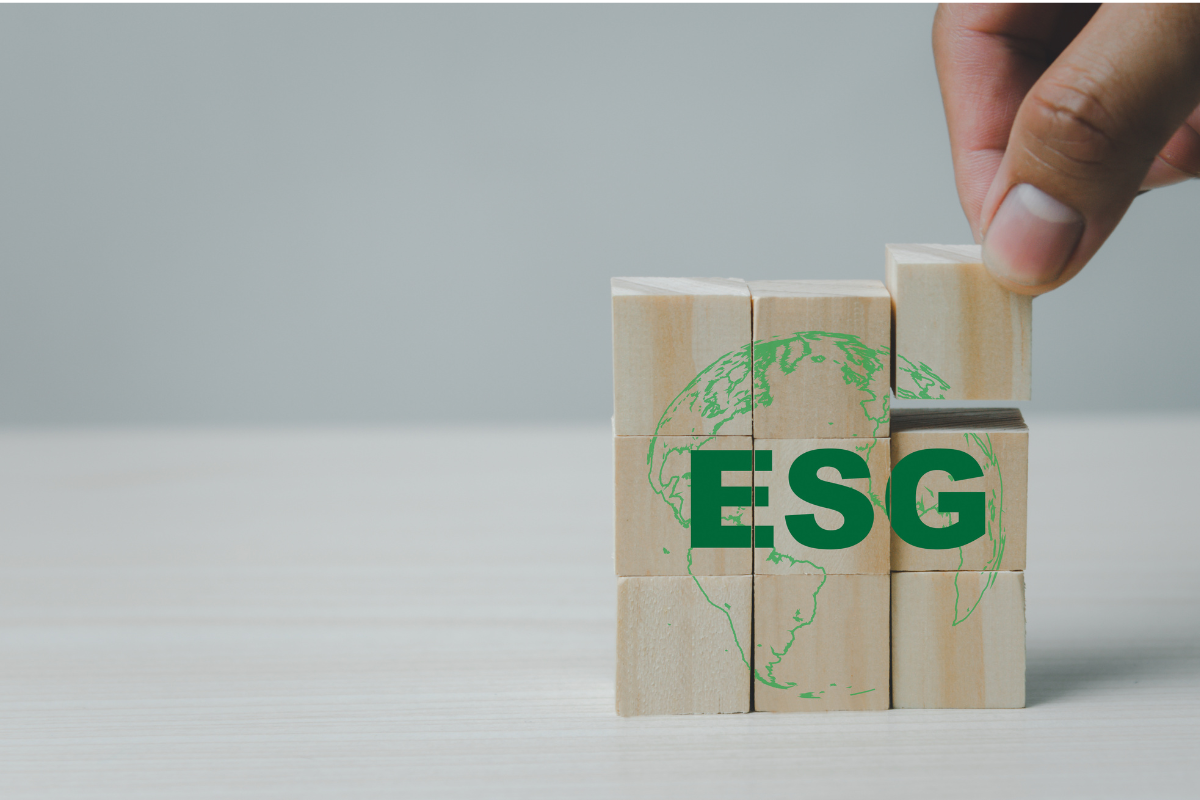A Beginner’s Guide to ESG Strategies


Today’s consumers increasingly seek companies that are serious about environmental stewardship. Investors, too, have shown a growing preference for businesses that exhibit a high level of environmental responsibility. To assess which businesses they wish to champion, many investors now look beyond financial benchmarks, specifically evaluating companies on the basis of their environmental, social, and governance (ESG) policies.
When we talk about ESG policies, exactly what are we talking about? It goes beyond a mere statement of mission or values. ESG policies are actual operational requirements, enforced to help a company promote environmental and social responsibility internally and within the broader community.
To better understand ESG, consider the three distinct parts.
● First, you have the environmental component. Environmental criteria take into account the company’s impact on the natural world.
● The social component reflects the company’s relationships with employees, vendors, customers, and the members of the community in which it operates.
● Finally, governance entails the leadership of the company: Internal controls, checks and balances placed on the company’s leadership, and shareholder rights.
Of course, tracking and evaluating these different metrics can be difficult, complicated, and imprecise. That’s why there are a number of ratings companies that appraise different businesses according to their own predefined index, providing insights to potential investors. Deloitte, RepRisk, and Standard and Poor are among the biggest players in this field.
There are multiple reasons why a company might develop an ESG strategy. We’ve indicated a couple of them already: An ESG strategy is imperative for winning the trust and buy-in of investors, at least those who look at more than just strictly financial data points.
Additionally, developing an ESG strategy can be an important way to future-proof your company. Across the world, more and more governments are moving to make ESG a legal requirement, imposing certain standards of environmental, social, and governance transparency on all companies that meet a certain size threshold. For example, ESG legislation has already been floated pretty seriously in the European Union.
For companies looking to get serious about ESG, there are a few important starting points.
● Start by reviewing regulatory requirements in your industry or community, and use those as a framework for building your own ESG strategy.
● Engage with your most invested or enthusiastic stakeholders, evaluating their environmental and social priorities.
● Develop an ESG road map, leading your company through incremental improvements that can help you achieve both short-term and long-term goals.
Need practical ways to promote environmental stewardship at your company? We’d love to talk with you about achieving a viable ESG framework. Reach out to WasteXperts at your convenience.